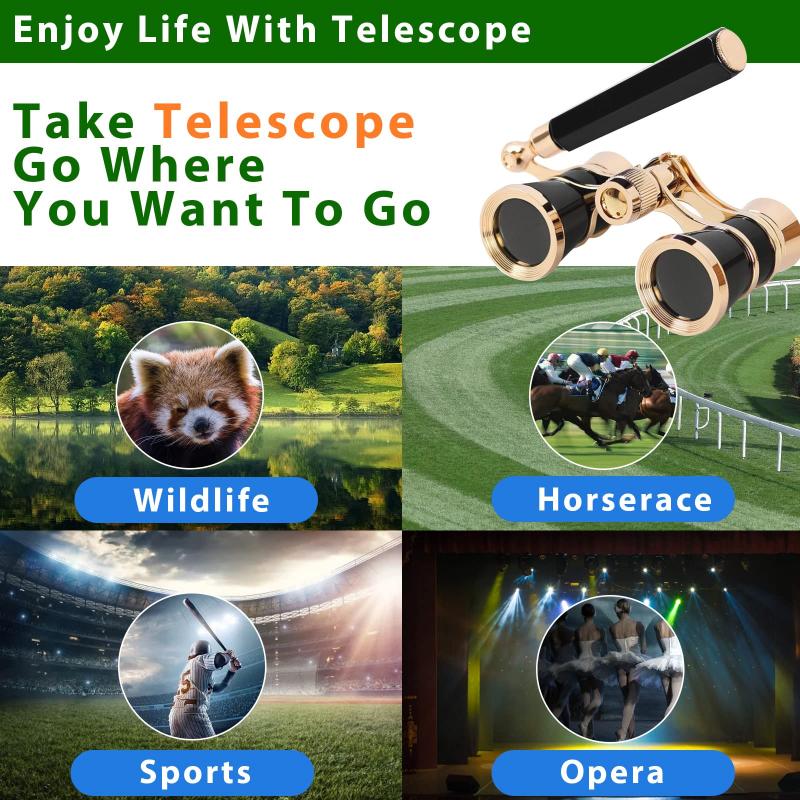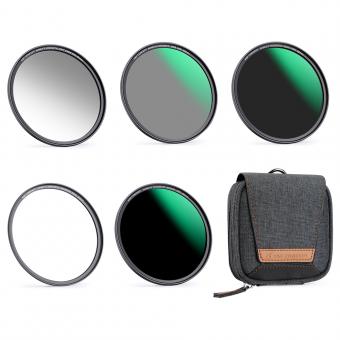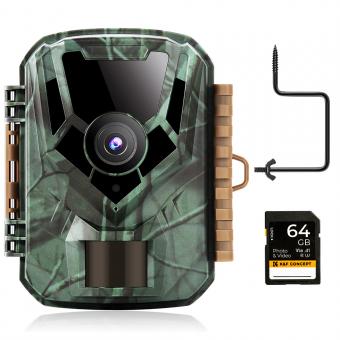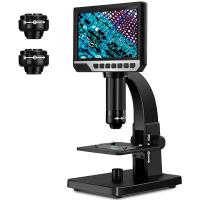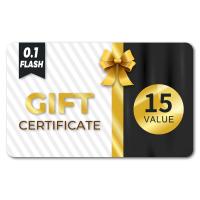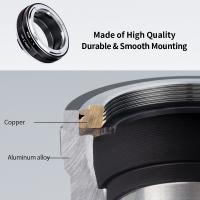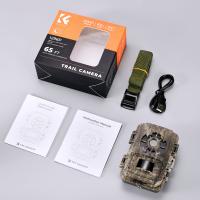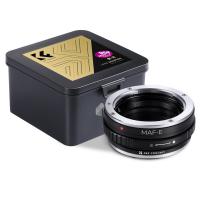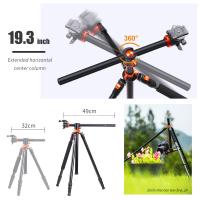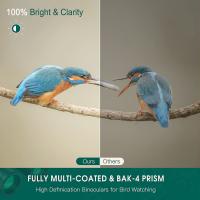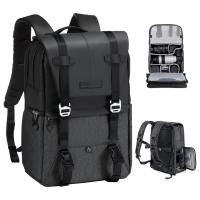Which Are The Best Binoculars ?
The best binoculars vary depending on the specific needs and preferences of the user. Some popular options include the Nikon Monarch 7, Zeiss Victory SF, Swarovski EL, and Leica Ultravid HD-Plus. These models are known for their high-quality optics, durability, and ergonomic design. Ultimately, the best binoculars for an individual will depend on factors such as their budget, intended use (e.g., birdwatching, stargazing, hunting), and personal preferences regarding features like magnification power and field of view.
1、 Optical Power and Magnification
When it comes to determining the best binoculars based on optical power and magnification, it largely depends on the intended use and personal preferences of the user. However, there are a few models that consistently receive high praise from experts and users alike.
One of the top contenders in this category is the Swarovski EL Range binoculars. Known for their exceptional optical quality, these binoculars offer a powerful magnification range and excellent light transmission. They are also equipped with a built-in rangefinder, making them a popular choice for hunters and outdoor enthusiasts.
Another highly regarded option is the Zeiss Victory SF binoculars. These binoculars boast a wide field of view and exceptional image clarity, thanks to their high-quality optics. They also feature a lightweight and ergonomic design, making them comfortable to use for extended periods.
For those looking for a more budget-friendly option, the Nikon Monarch 7 binoculars are worth considering. These binoculars offer a good balance of optical power and magnification, along with a durable construction. They are also praised for their sharp and bright images.
It's important to note that the best binoculars for optical power and magnification may vary depending on individual needs and preferences. It's always recommended to try out different models and brands before making a final decision. Additionally, it's worth keeping an eye on the latest advancements in binocular technology, as new models are constantly being released with improved optical performance.
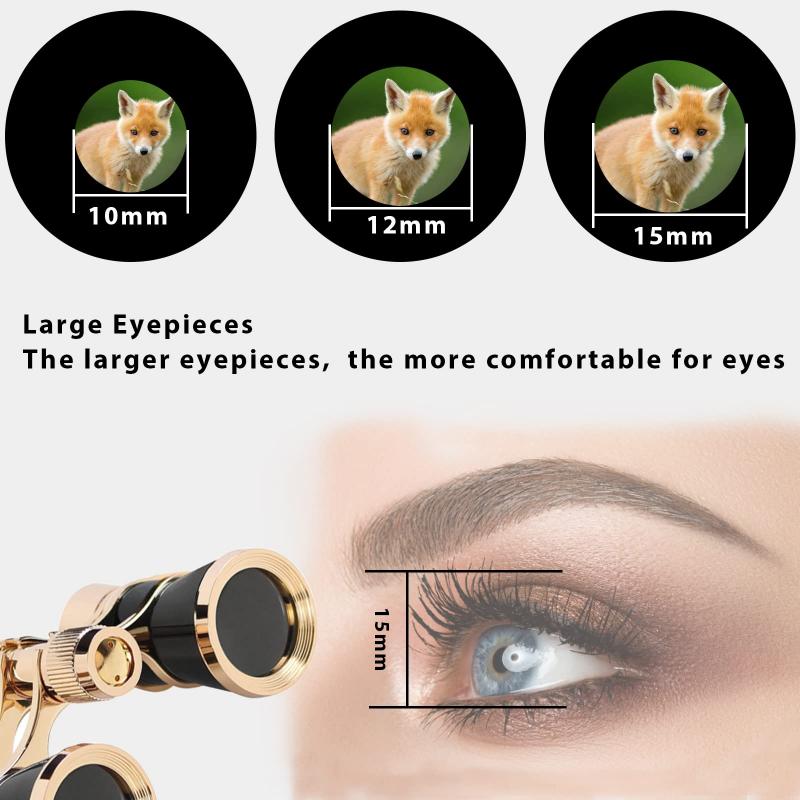
2、 Lens Diameter and Light Gathering Capacity
When it comes to determining the best binoculars based on lens diameter and light gathering capacity, there are a few factors to consider. Lens diameter refers to the size of the objective lens, which is the lens farthest from your eyes. A larger lens diameter allows more light to enter the binoculars, resulting in brighter and clearer images. Light gathering capacity is closely related to lens diameter, as it determines how much light the binoculars can gather and transmit to your eyes.
In general, binoculars with larger lens diameters tend to have better light gathering capacity and are therefore more suitable for low-light conditions such as dawn, dusk, or cloudy days. However, larger lens diameters also mean heavier and bulkier binoculars, which may not be ideal for long periods of use or for travel.
Currently, some of the best binoculars in terms of lens diameter and light gathering capacity include the Swarovski EL 8.5x42, Zeiss Victory SF 8x42, and Leica Noctivid 8x42. These binoculars have a lens diameter of 42mm, which strikes a good balance between light gathering capacity and portability. They are known for their exceptional optical performance, delivering bright and sharp images even in challenging lighting conditions.
It's important to note that the "best" binoculars can vary depending on individual preferences and specific use cases. Some people may prioritize compactness and lightweight design over maximum light gathering capacity. Therefore, it's recommended to try out different binoculars and consider factors such as ergonomics, image quality, and price before making a final decision. Additionally, staying updated with the latest advancements in binocular technology can provide valuable insights into the newest and most innovative options available.
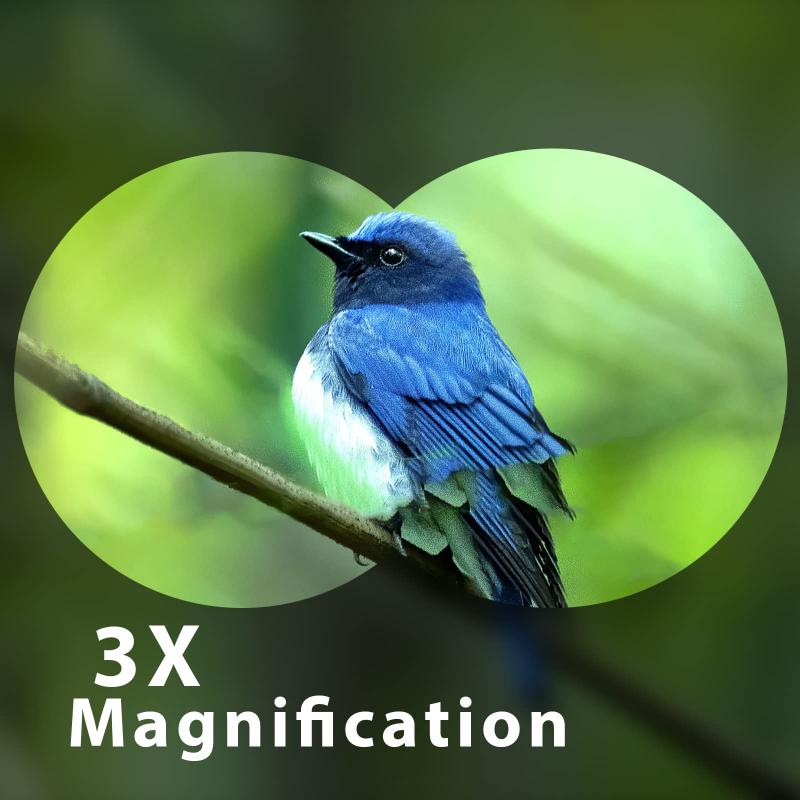
3、 Field of View and Image Stability
When it comes to choosing the best binoculars, two important factors to consider are field of view and image stability. These features greatly impact the overall viewing experience and can make a significant difference in various activities such as birdwatching, hunting, or stargazing.
Field of view refers to the width of the area that can be seen through the binoculars at a specific distance. A wider field of view allows for a larger area to be observed, making it easier to track moving objects or scan a landscape. Binoculars with a wider field of view are generally preferred for activities such as birdwatching or wildlife observation. However, it's important to note that a wider field of view may sometimes come at the expense of image quality, especially towards the edges of the view.
Image stability is another crucial factor, particularly for activities that require steady viewing, such as astronomy or long-range observation. Binoculars with good image stability minimize hand shake and vibrations, resulting in a clearer and more enjoyable viewing experience. This is especially important when using higher magnification binoculars, as any movement can be greatly amplified.
The best binoculars for field of view and image stability will depend on individual preferences and specific needs. However, some popular options that consistently receive positive reviews include the Swarovski EL Range, Zeiss Victory SF, and Leica Noctivid binoculars. These models are known for their exceptional optical performance, wide field of view, and excellent image stability.
It's worth noting that the latest advancements in binocular technology have led to the development of image stabilization systems. These systems use gyroscopes or electronic sensors to compensate for hand movements, resulting in remarkably stable images even at higher magnifications. Canon and Nikon are two well-known brands that offer binoculars with image stabilization technology.
In conclusion, when looking for the best binoculars in terms of field of view and image stability, it's important to consider individual preferences and specific needs. The Swarovski EL Range, Zeiss Victory SF, and Leica Noctivid are highly regarded options, but it's always recommended to try out different models and brands to find the perfect fit for your requirements.
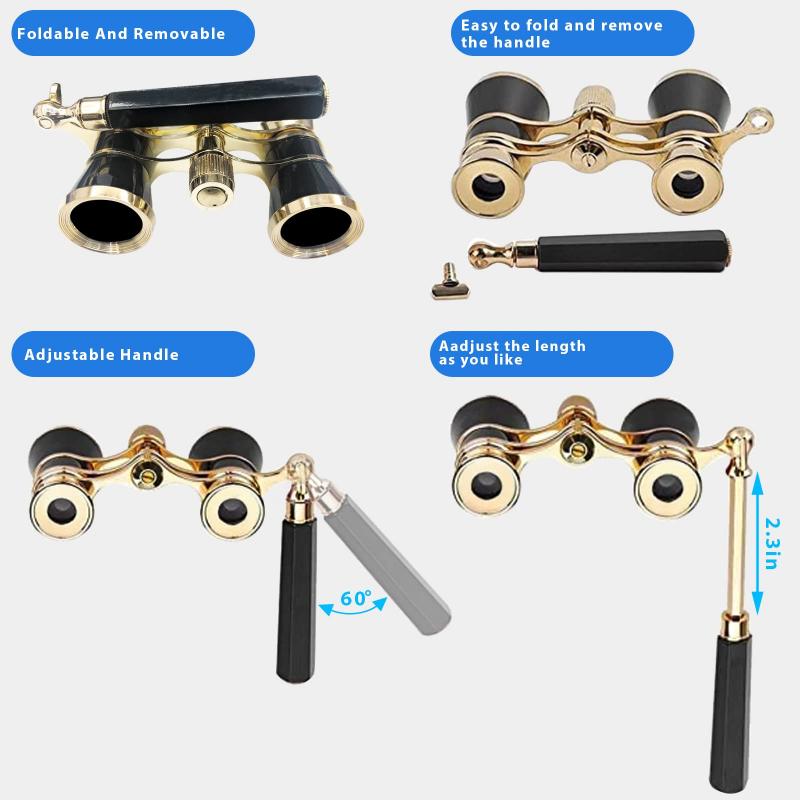
4、 Prism Type and Image Quality
When it comes to choosing the best binoculars, two important factors to consider are the prism type and image quality.
Prism Type: There are two main types of prisms used in binoculars - Porro prisms and Roof prisms. Porro prisms offer better depth perception and wider field of view, making them ideal for activities like birdwatching and stargazing. On the other hand, Roof prisms are more compact and lightweight, making them suitable for activities like hiking and traveling. Some popular binoculars with Porro prisms include the Nikon Action EX and the Celestron SkyMaster, while the Zeiss Conquest HD and the Swarovski EL are well-known for their Roof prism design.
Image Quality: The image quality of binoculars is determined by factors such as lens coatings, magnification, and objective lens diameter. High-quality lens coatings, such as fully multi-coated or phase-corrected coatings, can enhance light transmission and reduce glare, resulting in sharper and brighter images. Binoculars with higher magnification provide more detailed views, but they may also be more prone to image shake. The objective lens diameter affects the amount of light that enters the binoculars, with larger diameters allowing for better low-light performance.
In terms of the latest point of view, some highly regarded binoculars in terms of prism type and image quality include the Vortex Optics Diamondback HD, which offers excellent image clarity and a durable construction. The Leica Ultravid HD-Plus is also highly regarded for its exceptional image quality and compact design. Additionally, the Swarovski NL Pure binoculars have gained attention for their innovative prism design and outstanding optical performance.
Ultimately, the best binoculars for you will depend on your specific needs and preferences. It is recommended to try out different models and consider factors such as prism type, image quality, and ergonomics before making a decision.
